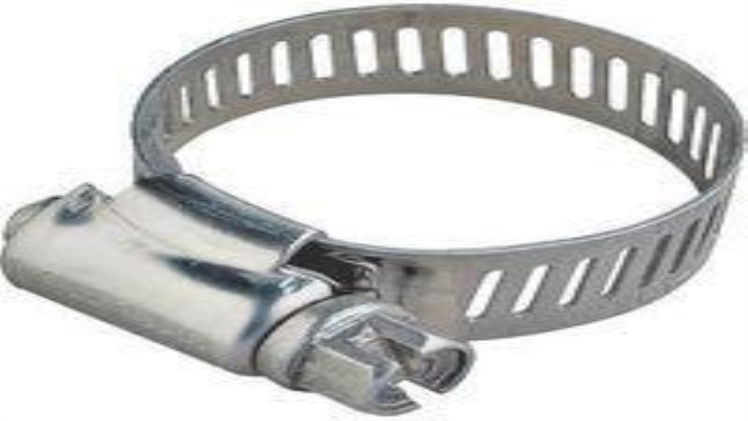Stainless Steel Pipe Clamps are a form of fasteners that hold objects of pipes, woodworking and electrical wires. They usually consist of a long threaded pipe, and a jaw used to hold objects.
Pipe clamps protect your hoses, tubes in all extreme places like terrestrial lands. Most pipe clamps can be mounted to straight pipes only, but special clamps can be mounted on curvy and turned pipe clamps. Pipe clamps have threaded pipes, but heavy-duty clamps are unthreaded.
The structure of the pipe clamps has movable and fixed clamps. Different kinds of pipe clamps materials are available in the market. Let’s now discuss different types of clamps.
Types of Pipe Clamps
Clamps come in various materials and designs, from pipe holdings to heavy load movements. Choosing the right clamp is critical for the type of job or structure you are dealing with, so be careful to select one.
Standard Pipe Clamps These clamps consist of two screws; one on the upper side and another on the lower side of the work job. They have a low installation cost. Some clamps have features of quick and auto locking mechanisms.
-
Plastic Pipe Clamps
As is obvious from the name, plastic clamps are used on plastic pipes. They are used for light applications and with narrow pipes. They can be installed quicker than any other clamp, which is their unique feature.
-
Traditional Pipe Clamps
Traditional Clamps are usually made with metallic pipes. They are used in conditions and places where extreme temperatures and vibrations are present. They are best for large diametric metallic pipes.
-
Heavy Duty Pipe Clamps
Heavy clamps are highly safe and are used with heavy loads. The modern edition comes with a feature that makes them easy to install.
Working of Pipe Clamps
Different types of clamps work differently depending on their made material and the type of job on which you are working:
Standard clamps work by tightening or loosening the screws that are attached to them. Modern versions of this clamp consist of auto-locking nuts and screws.
Plastic clamps work on different materials. It is fixed to the wall with the help of a screw, and you push the pipe into it, and the work job is held.
Buying Guide: Choosing the best clamps
There are various factors to consider when choosing the best clamp. Let’s discuss them one by one:
The first factor to consider is temperature. Extreme temperatures can cause contraction and expansion in the pipe. If the right clamp is not chosen for fixing and holding the pipe, the pipe will burst, and there will be a lot of damage.
The second factor to consider is weight. Heavy-duty clamps come in place when load safety is of utmost importance. Heavy-duty clamps also help achieve a safe distance between clamps due to the feature of bearing heavy loads.
The next factor to consider is material. Different materials will react differently to the work job and the environment, such as plastic pipes with plastic clamps or layered metallic clamps.
Don’t use dissimilar materials or use dissimilar materials with the clamps and pipes materials. You can’t use stainless steel pipe clamps with copper pipes. There is a risk of reaction between the materials which will result in heavy damage.
The fourth factor to consider is the size of the pipe. Clamps have minimum and maximum sizes, and it is impossible to design clamps for every pipe size. If we consider single clamps, they have a limited range and are best for smaller pipes. Larger and heavy-duty clamps have two screw clamps that can bear heavy loads.
Environmental factors of Clamps
The environment is the next thing to consider when choosing the right clamp. For example, if you plan to install a clamp in a rainy environment, you should consider a highly anti-corrosive clamp as there is a greater chance of corrosion. Also, if you plan to install in a chemical environment, you need to avoid metallic clamps as there is a high chance of reaction.
Advantages of Pipe Clamps
Clamps have a wide range of uses in industrial and home settings. All clamps have two parts; the long threaded or unthreaded pipe, a movable jaw and a fixed jaw.
The first benefit we are going to discuss is edged gluing. In woodworking, when you are planning to join two boards, you first apply glue on their edges and then place them in clamps. The clamps apply force for an indefinite time that secures the board with each other.

